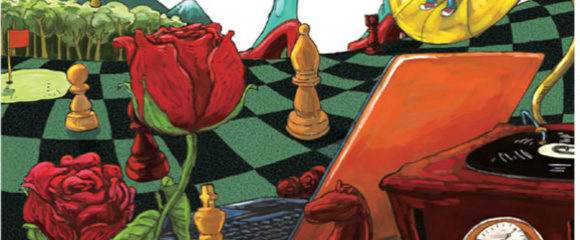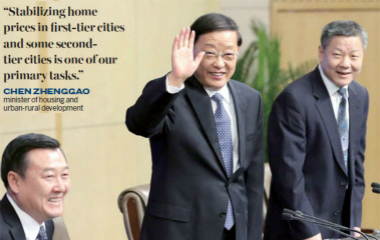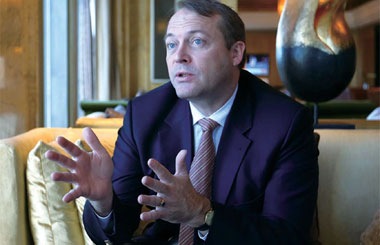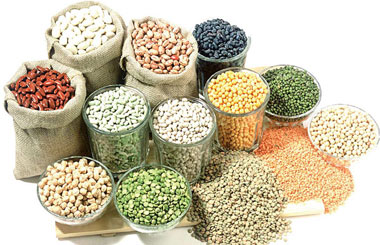China encourages second-hand car trade
Updated: 2016-03-26 19:27
(Xinhua)
|
|||||||||
BEIJING -- Trade in second-hand cars should increase now that the government has issued a guideline to oil the wheels of the market.
A flourishing second-hand car market is a condition for steady growth of the automobile industry, as it can encourage car owners to buy new ones, while boosting services in auto parts, repair, insurance, brokerage and e-commerce, said Shen Rong, deputy secretary-general of China Automobile Dealers Association (CADA).
The State Council issued a guideline on second-hand automobiles on Friday, requiring local governments to lift any limits on inflows of second-hand vehicles from other regions by the end of May, but regions such as Beijing-Tianjin-Hebei and the Pearl River Delta, currently under instructions to eliminate certain kinds of cars to improve air quality, are not included.
CADA secretary-general Xiao Zhengsan said the guideline tackles the biggest problem in the second-hand auto market, and if no action were taken to cut local administrative monopolies, the second-hand auto market would not improve. Even so, some regions have set much higher emission standards for incoming second-hand vehicles than for local ones.
Nearly 90 percent of major cities have imposed emission limits on incoming second-hand vehicles, according to CADA. Such limits almost blocked all trade in second-hand vehicles, reducing the value of second-hand cars and raising cost for owners to buy for new ones.
The guideline requires better services for second-hand car registration, lower taxes and easier credit.
China now has about 172 million cars, increasing by about 24 million a year. In developed countries, the ratio of second-hand to new cars is usually around 3:2. Based on that rate, China's second-hand car trade should exceed 36 million transactions worth 2 trillion yuan ($308 billion) each year, if a second-hand car is valued at a hypothetical 55,000 yuan. That is three times more that the value of the second-hand car market in 2015.
Second-hand trading will transfer vehicles from high-income groups to lower; from rich eastern regions to less developed central and western areas, from big cities to smaller and then on to villages.
The auto industry plays a key role in steady growth and expands consumption. Spending on automobiles and gas represented nearly 20 percent of retail consumption in 2015, according to the National Bureau of Statistics.
In February, sales of new autos fell 0.86 percent year on year, and vehicle output dropped 1.3 percent, according to China Association of Automobile Manufacturers.
Auto sales growth peaked at 45 percent in 2009 and has fallen steadily since, as cities try to control smog and congestion through limits on new vehicles.
Auto makers sold 24.6 million new vehicles in China in 2015, up 4.7 percent, the smallest increase in three years.
Today's Top News
President optimistic for Sino-German cooperation
Info sharing 'is key' as Europe faces terror threat
Uneasy times as Belgium mourns the dead
Belgian bombing suspect still at large: Prosecutor
Belgian media withdraws reports of suspect's arrest
Brussels bombers were brothers El Bakraoui
Chinese citizens in Belgium get help after attack
Europe ramps up security in wake of Brussels attacks
Hot Topics
Lunar probe , China growth forecasts, Emission rules get tougher, China seen through 'colored lens', International board,
Editor's Picks

|

|

|

|

|

|






